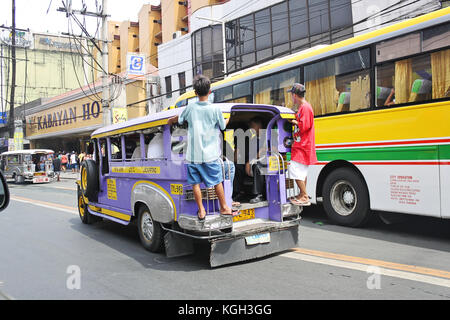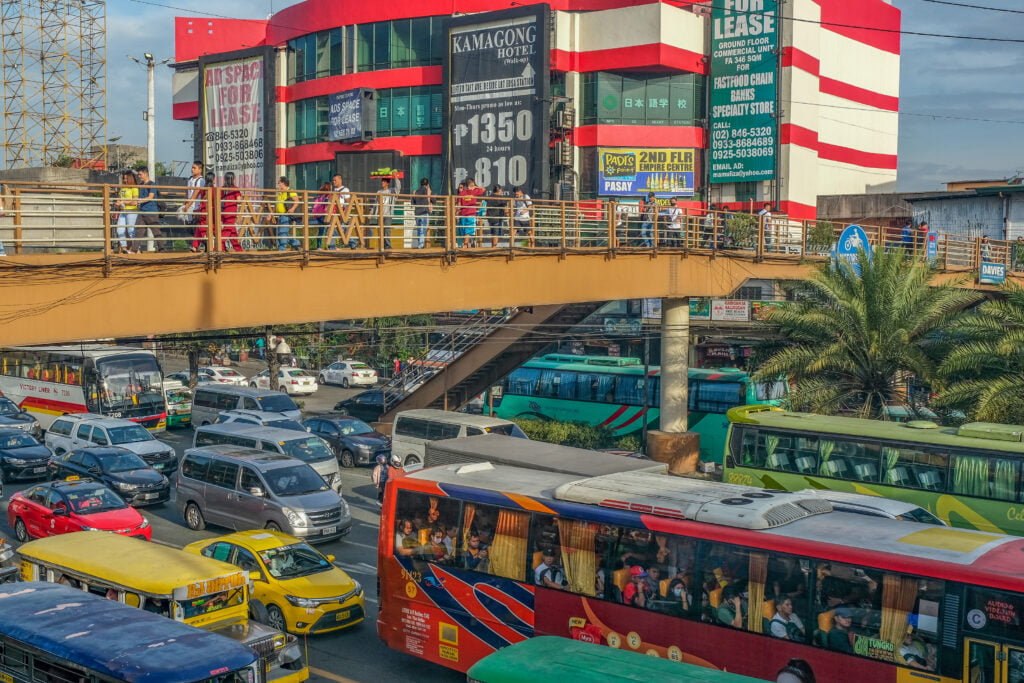Checking Out the Influence and Performance of Transit Advertising in Urban Marketing Techniques
Transit advertising has actually ended up being a significant element of metropolitan marketing techniques, taking advantage of on the distinct dynamics of public transport atmospheres. With the quick advancement of technology and shifting consumer actions, the landscape of transportation advertising and marketing is going through significant adjustments that merit closer exam.
The Rise of Transportation Advertising And Marketing
As city populaces continue to swell, the demand for ingenious advertising options has actually caused the surge of transit advertising as a critical component of urban advertising approaches. This type of marketing leverages public transport systems-- such as trains, buses, and metros-- to reach a varied audience in densely booming locations. The performance of transportation advertising and marketing lies in its capability to involve consumers throughout their everyday commutes, a typically forgotten yet essential time for brand messaging.
With cities coming to be increasingly congested, traditional advertising spaces are ending up being limited and less effective. Transit advertising offers a vibrant alternative, making it possible for brands to showcase their messages in high-traffic locations where potential consumers are continually revealed to the advertisements. Additionally, as metropolitan citizens significantly count on mass transit, the significance and exposure of transit advertising and marketing have expanded substantially.
Furthermore, technical advancements have actually boosted the sophistication of transit advertising and marketing, permitting electronic screens and interactive projects that can capture consumer interest a lot more successfully than fixed advertisements. As an outcome, transit marketing is not just a cost-effective choice but likewise an important strategy for brand names seeking to attach with city consumers in an impactful and remarkable way.
Secret Benefits of Transit Advertising And Marketing
The effectiveness of transportation marketing is underscored by its multifaceted benefits, making it an indispensable device for city marketing professionals. Among the key benefits is its extensive reach; transportation systems serve millions of guests daily, allowing brands to link with a diverse audience in high-traffic environments. This visibility boosts brand recognition, ensuring that advertisements are seen repetitively by travelers.

Furthermore, transportation advertising and marketing is cost-efficient contrasted to other media, using a reduced cost per impression while preserving high presence. The adaptability of advertisement formats, from bus covers to digital display screens, enables for impactful and innovative campaigns that can adjust to altering market demands.
Customer Actions Insights
A substantial portion of customer habits is affected by the pervasive nature of transportation advertising in city settings. This kind of marketing records the attention of varied demographics, engaging consumers during their daily commutes.
Research suggests that transit advertising can evoke psychological reactions, leading to increased brand affinity. Consumers commonly connect the experience of travelling with certain brand names, producing a lasting perception that affects purchasing choices. Moreover, the frequency of direct exposure to transportation ads cultivates experience, which is a vital element in customer trust fund and commitment.

Additionally, the communal aspect of public transport adds to this sensation; as people share spaces, they are more probable to talk about and suggest brand names they come across. Therefore, transit advertising not just reaches consumers however likewise stimulates social communications that reinforce brand name messaging. Understanding these behavior insights enables marketers to customize their techniques efficiently, making sure that their projects reverberate with target market link in the urban landscape.
Study and Success Stories
Successful application of transportation advertising strategies is exemplified with different case studies that highlight its performance in metropolitan marketing. One significant example is the collaboration between a prominent beverage firm and a major city's public transportation system. The project used bus wraps and interior posters, causing a 30% boost in brand name acknowledgment and a 15% increase in sales within the target demographic over three months.
An additional successful case included a neighborhood dining establishment chain that employed train station marketing to draw in commuters. By producing visually striking ads that supplied timed promos, the restaurant experienced an uptick in foot traffic, with an impressive 25% increase in lunch hour clients.
In addition, a city's tourist board launched a transit project showcasing local destinations via bus stop screens and train advertisements. The initiative resulted in a significant boost in tourist visits, as reported by a 40% rise in queries at site visitor centers.
These study emphasize the adaptability and possibility of transportation advertising and marketing to involve city target markets efficiently, showing that critical positionings can produce substantial returns on financial investment and enhance brand name presence in busy urban atmospheres. - Transit Advertising Philippines
Future Patterns in Transportation Advertising And Marketing
As metropolitan landscapes continue to develop, so too does the world of transit advertising and marketing, which is positioned to embrace ingenious modern technologies and approaches. One substantial pattern is the integration of electronic marketing displays right into public transportation systems.
One more emerging pattern is making use of enhanced reality (AR) and digital truth (VR) experiences within transportation advertising. These immersive innovations can captivate commuters, changing mundane trips this page into interactive brand experiences. In addition, sustainability is becoming significantly essential; environment-friendly marketing materials and methods are most likely to gain traction, showing the expanding consumer demand for corporate social duty.
Lastly, the rise of mobile connection will certainly promote greater combination between transportation marketing and personal gadgets. Advertisers can develop seamless cross-channel experiences, enabling prompt communication and involvement with prospective clients. Collectively, these fads indicate a transformative future for transportation marketing, using brand-new opportunities for brand names to get in touch with urban audiences.
Conclusion
Transit marketing has developed itself as a considerable part of urban advertising strategies, demonstrating substantial effectiveness via enhanced brand presence and consumer involvement. The ability to adjust messages to particular demographics, combined with the check out here innovative usage of modern technology, placements transit advertising and marketing as a driving force in modern advertising and marketing (Transit Advertising Philippines). As city environments continue to progress, the future of transit advertising and marketing promises further innovations, ensuring its relevance and influence in forming consumer perceptions and habits in urban landscapes
As metropolitan populations continue to swell, the demand for cutting-edge advertising solutions has actually led to the surge of transportation marketing as an essential part of metropolitan advertising and marketing techniques.A substantial portion of customer habits is affected by the pervasive nature of transit advertising and marketing in metropolitan settings. Collectively, these trends indicate a transformative future for transit advertising, supplying brand-new avenues for brands to attach with city target markets.
Transit advertising and marketing has established itself as a considerable part of city advertising and marketing strategies, showing significant effectiveness with boosted brand name presence and customer engagement. As urban atmospheres continue to progress, the future of transit advertising and marketing guarantees additional advancements, ensuring its importance and impact in forming customer understandings and habits in city landscapes.